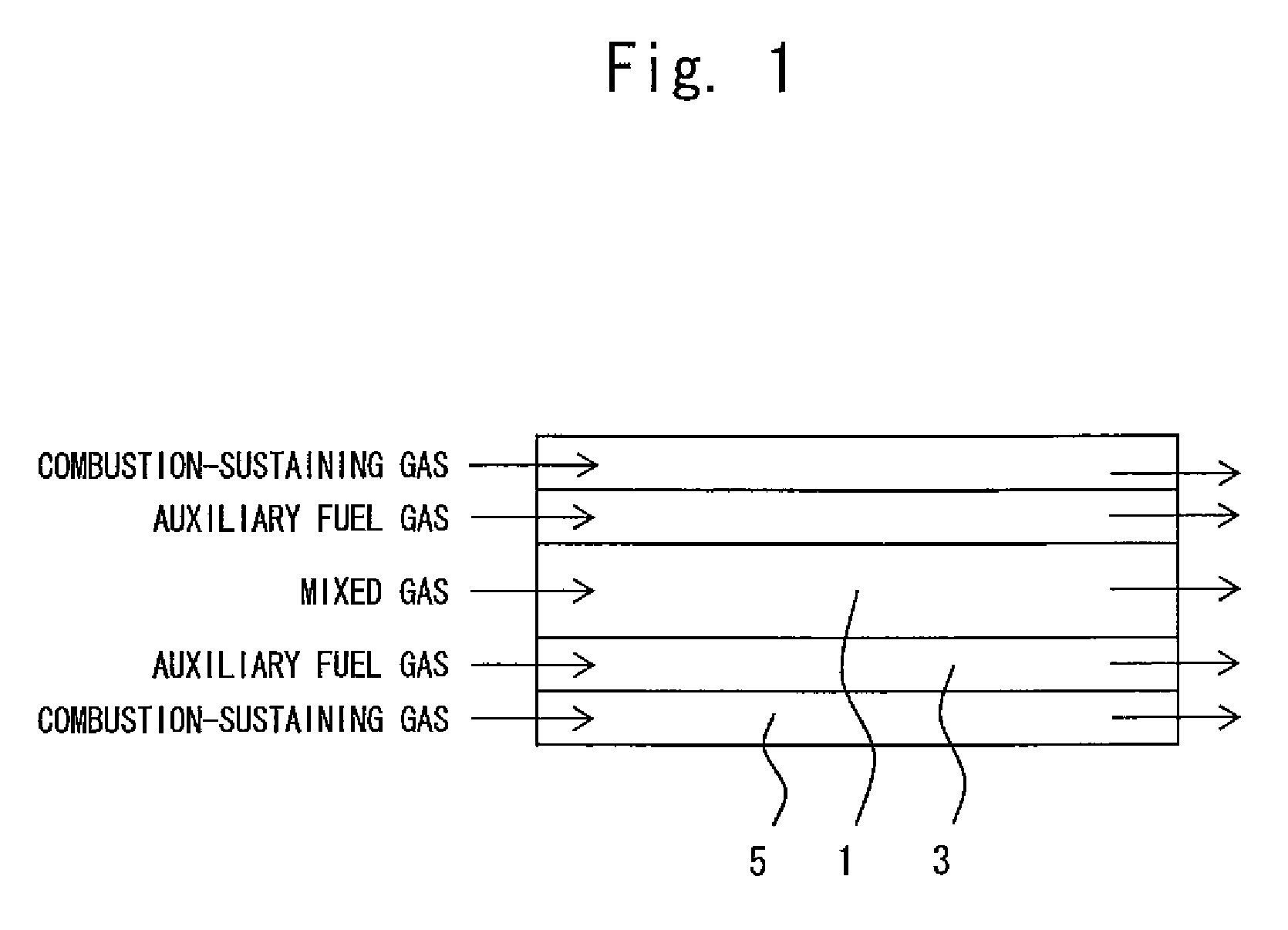Fine dry silica particles
a technology of dry silica and fine silica, which is applied in the field of fine dry silica particles, can solve the problems of increasing the occurrence of defects, and reducing the amount of fumed silica used, so as to achieve sufficient strength and suppress the rise of viscosity
- Summary
- Abstract
- Description
- Claims
- Application Information
AI Technical Summary
Benefits of technology
Problems solved by technology
Method used
Image
Examples
examples
[0122]The invention will now be described below concretely by way of Examples and Comparative Examples to which only, however, the invention is in no way limited.
[0123]In the following Examples and Comparative Examples, various properties were measured in compliance with the methods described below.[0124](1) Measurement of Specific Surface Areas:
[0125]Measured according to the nitrogen adsorption BET 1-point method by using an apparatus for measuring specific surface area (SA-1000) manufactured by Shibata Rikagaku Co.[0126](2) Measurement of Optical Absorbance:
[0127]An aqueous suspension of a silica concentration of 1.5% by weight was measured for its absorbance τ for light of a wavelength of 700 nm by using a spectrophotometer (V-530) manufactured by Nihon Bunkosha Co.
[0128]The sample cell to be measured was a synthetic quartz cell (having 5 clear surfaces, 10×10×45H) manufactured by Tokyo Garasu Kikaisha Co.
[0129]The aqueous suspension having a silica concentration of 1.5% by weig...
examples 1 to 5
, Comparative Examples 1 to 3
[0145]Fine silica particles were produced by burning the octamethylcyclotetrasiloxane using the triple-pipe burner as described below.
[0146]The heated and gasified octamethylcyclotetrasiloxane, oxygen and nitrogen were mixed together, and were introduced into the center pipe of the burner. Hydrogen was introduced as the auxiliary fuel gas into the first annular pipe neighboring the center pipe, and oxygen was introduced as the combustion-sustaining gas into the second annular pipe neighboring on the outer side thereof. The production conditions were as shown in Table 2 (in Example 5, the fine silica particles were produced under quite the same conditions as those of Example 1 but without introducing the combustion-sustaining gas into the second annular pipe).
[0147]Table 2 also shows specific surface areas S of the fine silica particles, residual amounts on the electroformed sieves of perforation sizes of 5 μm and 3 μm, optical absorbance absorbencies τ o...
PUM
| Property | Measurement | Unit |
|---|---|---|
| BET specific surface area | aaaaa | aaaaa |
| perforation size | aaaaa | aaaaa |
| perforation size | aaaaa | aaaaa |
Abstract
Description
Claims
Application Information
 Login to View More
Login to View More - R&D
- Intellectual Property
- Life Sciences
- Materials
- Tech Scout
- Unparalleled Data Quality
- Higher Quality Content
- 60% Fewer Hallucinations
Browse by: Latest US Patents, China's latest patents, Technical Efficacy Thesaurus, Application Domain, Technology Topic, Popular Technical Reports.
© 2025 PatSnap. All rights reserved.Legal|Privacy policy|Modern Slavery Act Transparency Statement|Sitemap|About US| Contact US: help@patsnap.com

